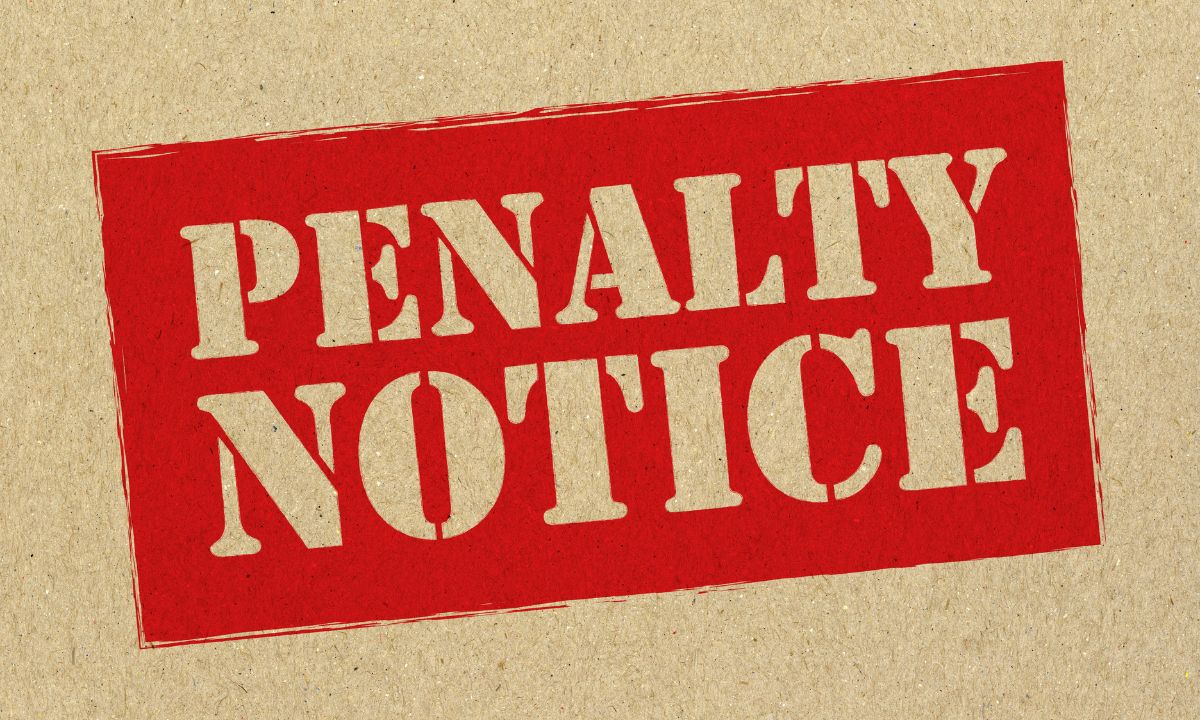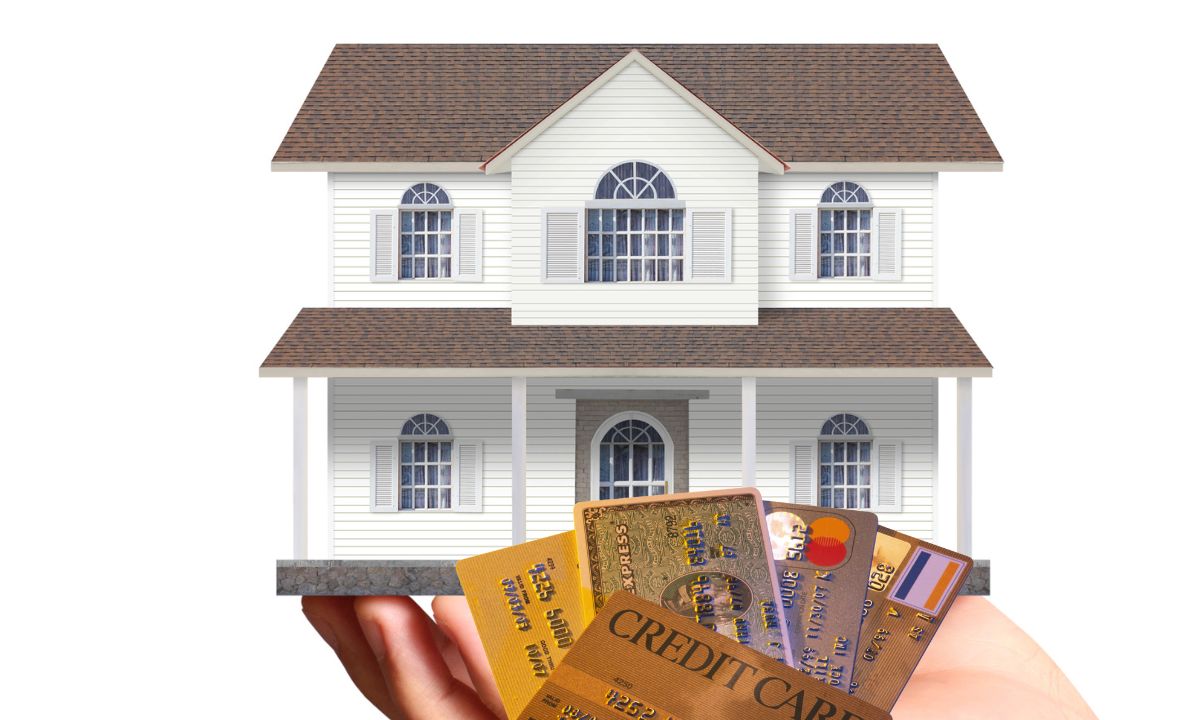Are You In A Position to Cosign on a Loan?
 As home prices continue to rise, some buyers may struggle to qualify for a mortgage on their own. In these cases, a mortgage cosigner can be a helpful solution. However, whether you’re considering asking someone to cosign or you’re being asked to take on this role, it’s essential to understand the responsibilities involved.
As home prices continue to rise, some buyers may struggle to qualify for a mortgage on their own. In these cases, a mortgage cosigner can be a helpful solution. However, whether you’re considering asking someone to cosign or you’re being asked to take on this role, it’s essential to understand the responsibilities involved.
What Does It Mean to Cosign a Loan?
A cosigner agrees to take on the responsibility of paying the mortgage if the borrower cannot. This means their credit will be pulled, and they’ll sign paperwork, but they won’t gain ownership of the property. In many cases, the cosigner is a family member or close friend who acts as a “non-occupant borrower,” meaning they share financial responsibility but won’t live in the home.
Cosigner vs. Co-Borrower
While both cosigners and co-borrowers help with the mortgage process, there’s a key difference. A co-borrower is listed on the property title and has ownership rights, while a cosigner does not. This distinction is important because being on the title can expose you to additional legal responsibilities, such as potential liability if someone gets hurt on the property.
Pros and Cons of Cosigning a Mortgage
Cosigning can provide significant financial assistance, but it also comes with risks.
Pros:
- The borrower may qualify for a larger or more affordable loan due to the cosigner’s income.
- It can enable a borrower with poor or limited credit to secure a mortgage.
- A cosigner’s solid employment history can improve the chances of approval for someone with unstable income.
- The borrower can start building equity sooner by qualifying for a mortgage more quickly.
Cons:
- The cosigner is legally responsible for the mortgage if the borrower defaults.
- Late or missed payments can negatively impact the cosigner’s credit score.
- The loan will appear on the cosigner’s credit report, which may limit their ability to take on additional debt.
- The financial strain could damage the relationship between the borrower and cosigner.
Understanding the Process
Before cosigning, the lender will evaluate both the borrower and cosigner’s finances, including income, credit history, and debt levels. This is part of the pre-approval process, and it ensures that both parties can meet the mortgage obligations. The cosigner will be held accountable if the borrower defaults, which could result in legal action.
Some loans, such as FHA loans, have specific requirements for cosigners, and in these cases, the cosigner may be added to the property title. Additionally, the cosigner must meet certain relationship and residency criteria, as well as financial qualifications like debt-to-income ratios.
Cosigning on a mortgage is a significant commitment with potential benefits and drawbacks. Before moving forward, it’s important to understand the obligations that come with cosigning and explore all available options to find the best solution for both parties.

 Looking for ways to reduce the amount of interest you pay on your mortgage and shorten its lifespan? A home loan offset account might be the solution. This financial tool allows you to reduce the interest on your mortgage by using the balance in a linked account to offset your loan amount. Let’s explore how it works and how you can benefit from it.
Looking for ways to reduce the amount of interest you pay on your mortgage and shorten its lifespan? A home loan offset account might be the solution. This financial tool allows you to reduce the interest on your mortgage by using the balance in a linked account to offset your loan amount. Let’s explore how it works and how you can benefit from it. Buying a home is a huge milestone, and the excitement of closing can lead many buyers to quickly accept any mortgage offer without fully understanding its terms. One important detail to watch for is whether your mortgage includes a prepayment penalty. This fee can be an unwelcome surprise, so it’s crucial to know what you’re signing up for before finalizing your loan.
Buying a home is a huge milestone, and the excitement of closing can lead many buyers to quickly accept any mortgage offer without fully understanding its terms. One important detail to watch for is whether your mortgage includes a prepayment penalty. This fee can be an unwelcome surprise, so it’s crucial to know what you’re signing up for before finalizing your loan. If you’re feeling overwhelmed by credit card debt, a cash-out refinance may be an effective way to manage it. This type of mortgage allows you to utilize your home’s equity to pay off high-interest credit cards, consolidating them into a single, lower-interest mortgage payment.
If you’re feeling overwhelmed by credit card debt, a cash-out refinance may be an effective way to manage it. This type of mortgage allows you to utilize your home’s equity to pay off high-interest credit cards, consolidating them into a single, lower-interest mortgage payment. Last week was a fairly light week, with the non-farm payroll data being the most significant release. The data showed that payrolls are growing at a faster rate than historical trends suggest, which could indicate that inflation is still above the Federal Reserve’s target. In contrast, the upcoming week has a busy schedule, with many important economic releases lined up back to back.
Last week was a fairly light week, with the non-farm payroll data being the most significant release. The data showed that payrolls are growing at a faster rate than historical trends suggest, which could indicate that inflation is still above the Federal Reserve’s target. In contrast, the upcoming week has a busy schedule, with many important economic releases lined up back to back.